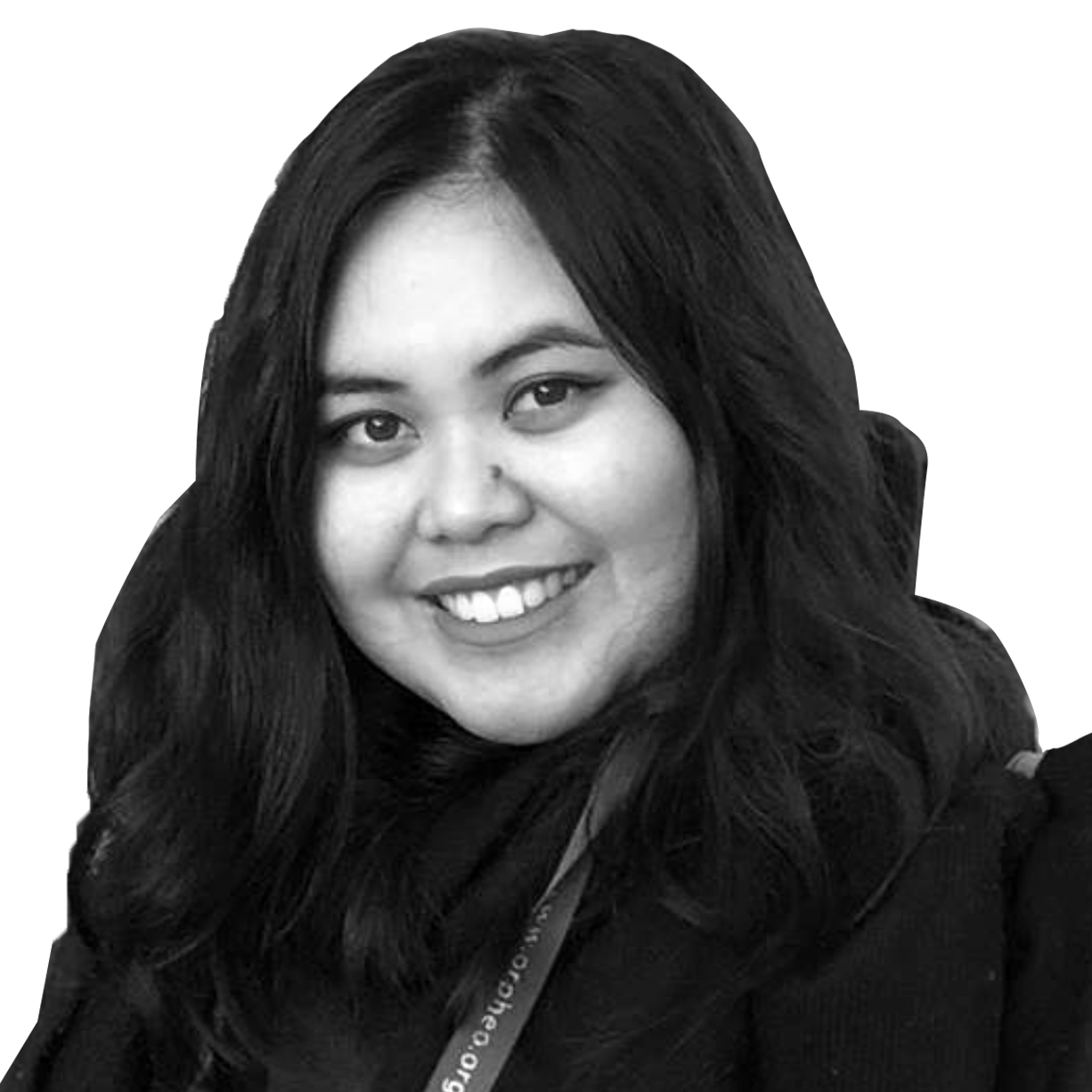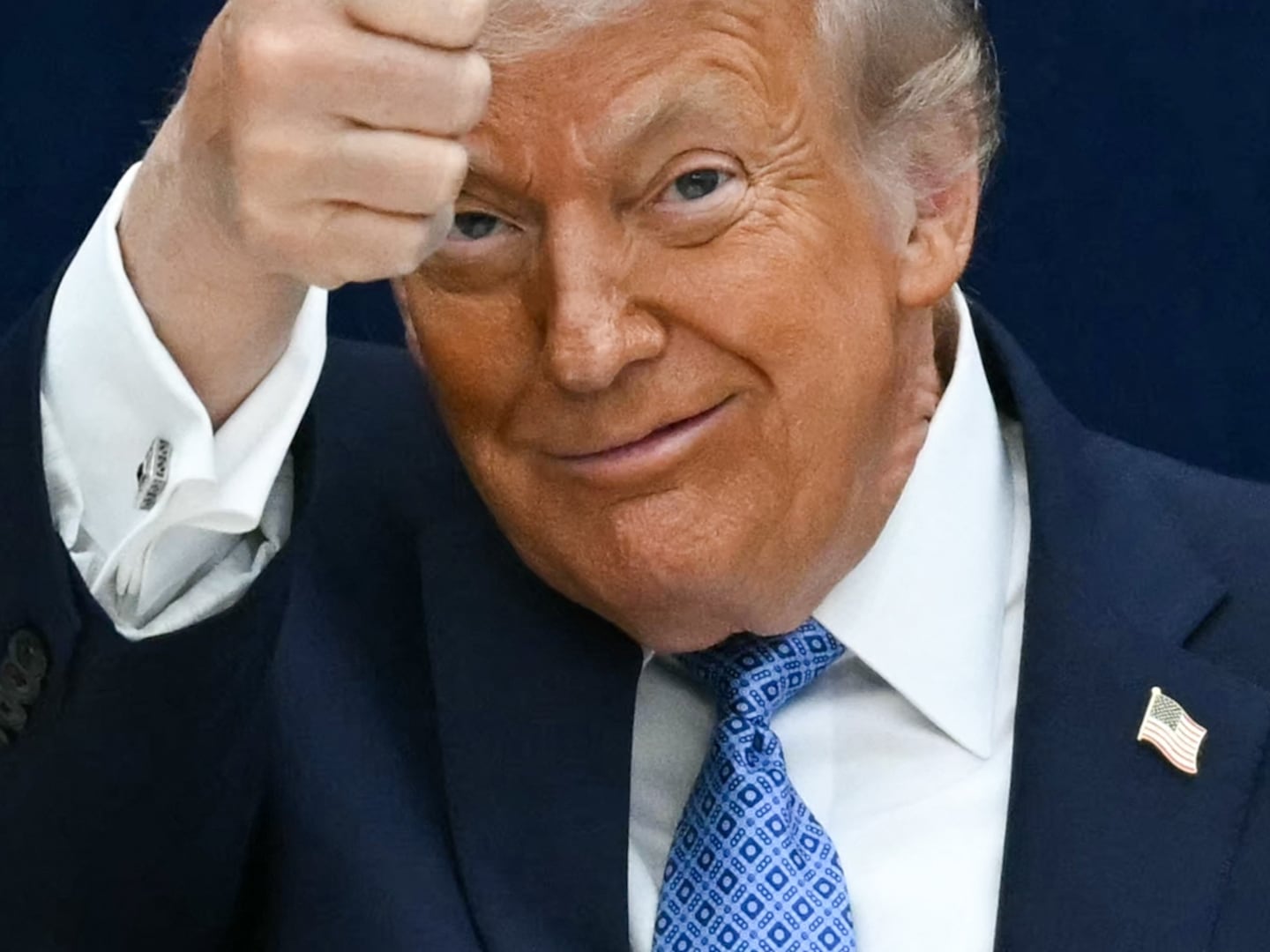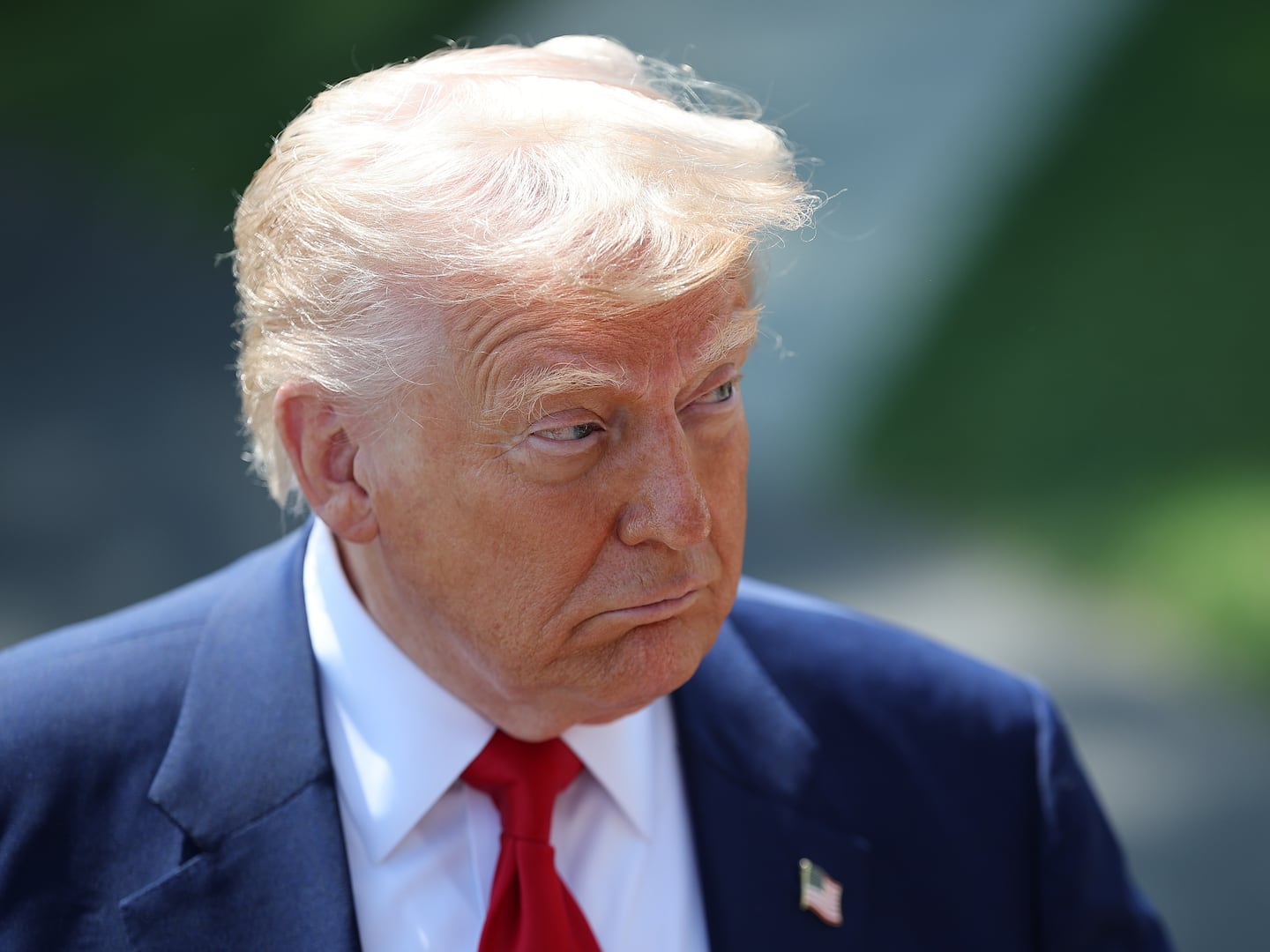The image of a white police officer, Derek Chauvin, kneeling on the neck of a Black man, George Floyd, for 8 minutes and 46 seconds has been etched into the American consciousness.
But for many Asian-Americans like myself, there’s another lingering image from that fatal encounter—the face of the Asian officer who stood by and did nothing as Floyd was violently choked to death.
That officer is 34-year-old Tou Thao. He is Hmong American, a Southeast Asian ethnic community largely present in the Midwest and California. Hmong people make up a large percentage of the immigrant population in the Twin Cities especially, dating back to the resettlement of Southeast Asian refugees due to the Vietnam War.
Beginning in 1961, Hmong males were specifically recruited by the CIA to participate in covert military operations against communists in neighboring Laos. This conflict came to be known as the Secret War, “secret” because Laos had been designated a neutral territory, though that didn’t stop the U.S. from dropping 270 million cluster bombs over the country (some of which remain undetonated and "live" and kill people to this day). Hmong people were nomads who were also ethnic minorities in countries across Southeast Asia. As they waged war on behalf of the United States, their population was shattered by war casualties. By 1975, almost one-fourth of all Hmong men and boys—some as young as 15—died fighting.
The first Hmong refugees to arrive in the United States around 1975 were the families of fighters recruited to the U.S.-supported army. Originally, America hadn’t planned to resettle Hmong people because of concerns that they were too “unprepared” and “backward” to “adapt” to American culture, according to Seng Alex Vang, a lecturer at the University of California Merced and the founder of Hmong American Experience.
Among those who empathized most with Southeast Asian refugees was the gay black civil rights leader, Bayard Rustin. In an ad headlined "Black Leaders urge admission of the Indochinese refugees,” paid for by the International Rescue Committee and published in The New York Times in 1978, 80 black leaders concluded, “If our government lacks compassion for these dispossessed human beings, it is difficult to believe that the same government can have much compassion for America’s black minority, or America’s poor.”
As Southeast Asian refugees were resettled in the United States, most were scattered across the country in the poorest neighborhoods, often side-by-side with communities of color. Hmong refugees began to form cultural centers in Minnesota, Wisconsin, and California, where they were often resettled in the heart of poor Black communities.
Most refugees had no education and came with nothing but were eligible to receive some funding from the government for living expenses and low-income housing as well as programs for job training and English classes. This influx of refugee aid for migrants who reminded Americans of “the enemy,” coupled with economic recessions in the early '80s, fueled resentments about how Southeast Asians were supposedly getting too much help, even though financial support for many families disappeared after a few months. In the food desert of North Minneapolis and elsewhere in Minnesota, tensions formed between black and Hmong communities because of segregation, widespread poverty, and a lack of resources for marginalized communities.
“As a refugee kid who grew up in very poor neighborhoods, with very little infrastructure and support systems and resources, our lived experiences are definitely different from East Asians who have been here for generations,” sad Hmong-American Kabzuag Vaj, co-director of Freedom Inc., a queer, Black, and Southeast Asian-led organization that focuses on gender-based violence justice. “The refugee resettlement program was basically a failure. It has continued to keep Southeast Asians in a cycle of poverty, that will long extend after this generation and the next.”
In contrast to the “model minority myth” that pervades many conversations about Asian Americans, Southeast Asians tend to have the highest rates of poverty, domestic violence, high-school dropouts, and mental illness. Around 28 percent of the Hmong population in the United States lives in poverty, compared to 15 percent of all Americans. The per capita income of Hmong Americans is under $13,000, less than half the per capita income of Americans overall of $28,930 (for Asian-Americans overall, it’s over $30,000 and for whites it’s over $34,000). Approximately 30 percent of Hmong Americans never finished high school.
Artist and organizer Tou Saiko Lee put it plainly: “The issue was always, we’re trying to break out of this stereotype of being uneducated and poor.”
Often, these financial hardships were the background conditions for more crime, perpetuating the idea that Hmong Americans were inherently violent and backwards. Like many Black Americans, Hmong youth were over-policed, stereotyped as gang members, and victimized by the institutional failures that fueled the school-to-prison pipeline.
“For many of these refugee kids, they don’t belong in America and they don’t belong in their own community,” says Vang. “Of course, back in their home countries they didn’t have gangs. That gang formation is an American institution. They started gangs here when they were in the United States because of crime, because of poverty, because of segregation.”
This made Hmong men prime suspects to cops, who labeled them criminal and dangerous. In the '90s, a decade of heightened gang activity within Southeast Asian communities, the Asian/Pacific American prison population exploded 250 percent. The disproportionate number of incarcerated Hmong men helped set off an imbalance between Hmong men and women in higher education. Worse, the presence of a criminal record also led to mass deportations of Southeast Asians after they had served their time, permanently separating families and forcing them to restart their lives in a country they may have left as infants.
“All of the legislations that were created to punish and criminalize Black people were also the same legislation and guidelines that were criminalizing us,” says Vaj.
Police brutality hit home for many in the Hmong community in 2006, when 19-year-old Fong Lee was shot eight times and killed by Minneapolis police officer Jason Andersen, who had been assigned to the Metro Strike Gang Force. The official account accused the dead teenager of being armed, but later, his family argued the gun was planted by the police after paperwork was uncovered that implied the gun was already in police possession. Black and Hmong activists rallied around Fong’s family in comfort and solidarity in the high-profile case, bringing many into the wider conversation about justice for racist police killings.
"They were the loudest voices for us," Fong's older sister, Shoua Lee told the BBC. "Even before we asked for help from other communities, they had come to us and offered their help."
Fong was hardly the only Hmong slain by the police in and around the Twin Cities. Others include 13-year-olds Ba See Lor and Thai Yang, who were shot in the back with a shotgun by a suburban police officer in 1989; 29-year-old Jason Yang, who police say jumped off a freeway off-ramp to his death while fleeing officers in 2010; and 52-year-old Chiasher Vue, who was shot by police in his home in 2019.
Along with the fear of Hmong gangs, the Twin Cities have pushed since the late '80s to recruit Hmong-speaking officers. In St. Paul specifically, what first began as an “Asian Outreach Program” in 1990 became A Community Outreach Program or ACOP, which came to be seen as the “flagship of community policing.” The program recruited Community Liaison Officers to work in public housing projects, who often spoke Hmong as well as other languages, and served as an entry point for many Asians to enter the force. In the Twin Cities, the Minnesota Asian Peace Officer Association, formed in 2008, is mostly made up of Hmong officers. Many Hmong men also joined the military.
For a community racked by the trauma of American wars and by the violence of poverty, being recruited into law enforcement, as it is for many communities of color, was a way of achieving power, acceptance, and economic stability. For some Hmong men, it carried on a family legacy, which for many had developed into a deep patriotism for the United States.
Reform advocates saw diversifying the police force as a key step towards achieving empathy and cooperation between the police and marginalized communities as people of color have so often been called in to do the work of navigating and overcoming the ingrained white supremacy and anti-Blackness inherent in the police and military.
When Chauvin put his knee on Floyd’s neck, two of the officers on the scene, Thomas Lane and J. Alexander Kueng, were both on their fourth day on the job. Chauvin was their training officer, and Thao had almost a decade of experience under his belt. He had worked since he was 14 years old, first at McDonald’s, then Cub Foods, and then as a security guard while taking community college courses. He joined the Minneapolis PD in 2009 as a community service officer, and, after he was laid off amidst budget cuts, rejoined in 2012. Over the course of his police career, he racked up six civilian complaints, including one for severely beating a Black man.
“I think there is a thought that, if there are Hmong people who are in the police force, then they would make sure Hmong people aren’t mistreated,” Lee says. “But they also become part of the system, where they can get caught up. And that’s where this Officer Tou Thao conversation comes into play. They get part of this corrupt system where they’re basically defending actions that are unjust towards the community.”
“[Community policing] has worked in some ways, [but] it also continues to reinforce this perception that these communities are dangerous,” Vang says. He noted that when a shooting occurred involving Hmong people in Fresno, California, the local department immediately started a “Southeast Asian Task Force,” despite how often those task forces only lead to more corruption and racial profiling.
“When mass shootings happen they don’t start a White Men Task Force… The community needs resources, they need programs, they don’t need a gang task force.”
While Hmong women and young people, especially, have taken to social media to voice their solidarity and condemn Thao, many, especially Hmong men, have harassed those women, defended Thao, or stayed silent.
Asian-Americans who have bought into the idea of us as model minorities still cannot grasp that the discrimination of Black people around the world has been what informs the racist systems that discriminate against other people of color and actively pit us against each other. The imperialist white supremacist institution that intervened and invaded our countries (giving us our oft-quoted “we are here because you were there”) is the same white supremacist institution that kills Black people at home.
Martin Luther King knew that. Bayard Rustin knew that. The Black activists who uplifted Fong Lee’s family knew that. The white supremacist structure inherent in the police is what clouds any expectation of solidarity between officers of color and the overcriminalized populations they come from.
But what should we expect from a system that was originally founded to uphold the ultimate white supremacist institution of slavery?

At a rally organized by BLM-Minnesota, Tou Saiko Lee, the organizer, stood next to Youa Vang Lee, the mother of Fong Lee, as Youa urged her community to stand on the side of justice. Her presence at the rally was transformative in lending empathy to the Black community from a Hmong perspective. “A lot of people saw their mother in Fong Lee’s mother,” said Lee.
The daughter of Jason Yang, a Hmong man who was shot dead by Minneapolis police in 2010, also lent her support for the #Hmong4BlackLives movement in a lengthy Facebook post. “We are grieving for George Floyd’s family because we know,” Autumn Yang wrote. “And it hurts to see that some people in my own community won’t support BLM due to the color of their skin when BLM is fighting for the same thing that my family fought for in 2010.”
Similarly, Vaj sees her work with her fellow Black organizers as less something we “owe,” as others have expressed, but as an ongoing, mutually-beneficial labor towards freedom.
“I’m not here to save Black people, cause they can save themselves. But what I’m very clear about is, a win for them is actually a win for Southeast Asians, for Hmong people.”
She continues: “We’re not showing up in solidarity only, but we’re actually in the fight for our own freedom. We just so happen to follow the leadership of Black people, because this is an issue that actually impacts them disproportionately. So here at Freedom Inc., we’re co-conspirators and we’re not actually allies.”
Vaj also addressed the hate, stalking, and harassment she (and many other women) experienced last week from trolls and mainly Hmong men after speaking out forcefully against the police, including Thao, and anti-Blackness. Yet the explicitly violent and horrific death threats she received—more, she says, than she had experienced over the rest of her career in social justice work—further reinforced to her the existence of racism in her community.
“The anti-Blackness is seen in how violent some of these threats were,” says Vaj. “One of the eye-opening things for me was, I experienced that for a few days, but that can never be compared to what the Black people in my life are experiencing... I was more disappointed in my community than anything else.”
The threats, she continued, made her more determined not to be silenced. Even in many mundane workplace situations, she says, it’s silence that is betrayal. In Thao’s case, “[his] silence actually killed somebody.”







